Abarth 500 595 695 vs Hyundai i30 – Which one offers the better deal?
Compare performance, boot capacity, efficiency and price at a glance.
Find out which car is the better choice for you – Abarth 500 595 695 or Hyundai i30?
Costs and Efficiency:
Price and efficiency are key factors when choosing a car – and this is often where the real differences emerge.
Hyundai i30 has a noticeable advantage in terms of price – it starts at 24000 £, while the Abarth 500 595 695 costs 32600 £. That’s a price difference of around 8571 £.
Engine and Performance:
Power, torque and acceleration say a lot about how a car feels on the road. This is where you see which model delivers more driving dynamics.
When it comes to engine power, the Abarth 500 595 695 has a barely noticeable edge – offering 155 HP compared to 140 HP. That’s roughly 15 HP more horsepower.
In acceleration from 0 to 100 km/h, the Abarth 500 595 695 is evident quicker – completing the sprint in 7 s, while the Hyundai i30 takes 9.60 s. That’s about 2.60 s faster.
In terms of top speed, the Hyundai i30 performs noticeable better – reaching 197 km/h, while the Abarth 500 595 695 tops out at 155 km/h. The difference is around 42 km/h.
There’s also a difference in torque: Hyundai i30 pulls barely noticeable stronger with 253 Nm compared to 235 Nm. That’s about 18 Nm difference.
Space and Everyday Use:
Whether family car or daily driver – which one offers more room, flexibility and comfort?
Seats: Hyundai i30 offers slightly more seating capacity – 5 vs 4.
In curb weight, Hyundai i30 is slight lighter – 1291 kg compared to 1410 kg. The difference is around 119 kg.
In terms of boot space, the Hyundai i30 offers convincingly more room – 395 L compared to 185 L. That’s a difference of about 210 L.
In maximum load capacity, the Hyundai i30 performs significantly better – up to 1301 L, which is about 751 L more than the Abarth 500 595 695.
When it comes to payload, Hyundai i30 distinct takes the win – 509 kg compared to 385 kg. That’s a difference of about 124 kg.
Who comes out on top?
Overall, the Hyundai i30 shows itself to be is largely superior and secures the title of DriveDuel Champion.
It convinces with the more balanced overall package and proves to be the more versatile choice for everyday use.
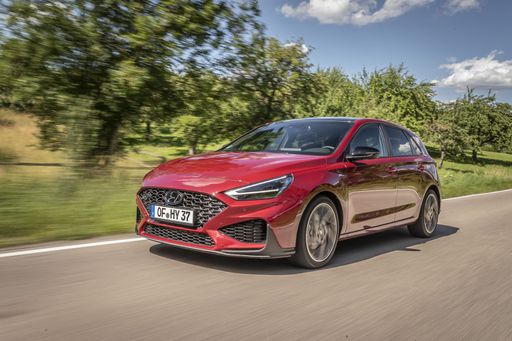 @ Hyundai Motor Company
@ Hyundai Motor Company
Hyundai i30
Abarth 500 595 695
The Abarth 500, particularly in its 595 and 695 renditions, captures the spirit of Italian motoring with its compact yet aggressive design. Known for its lively performance and distinctive styling, this little powerhouse is a joy to drive, offering an engaging experience that appeals to enthusiasts. With its rich motorsport heritage, the Abarth 500 embodies the essence of fun and excitement on both the streets and the race track.
details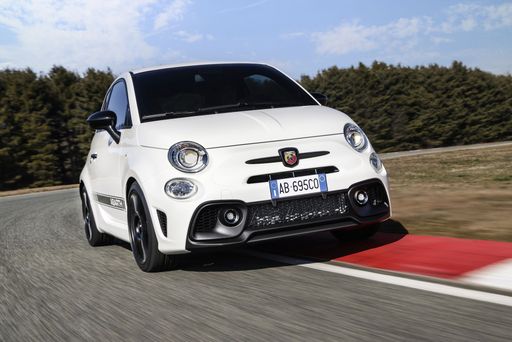 @ Abarth / Stellantis Media
@ Abarth / Stellantis Media
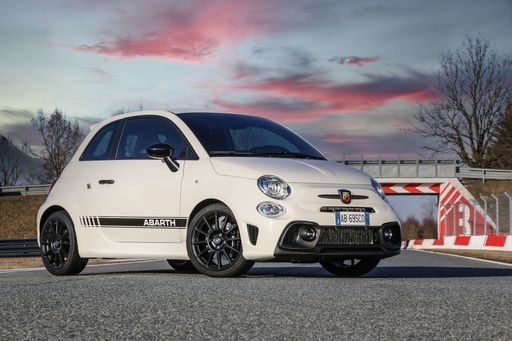 @ Abarth / Stellantis Media
@ Abarth / Stellantis Media
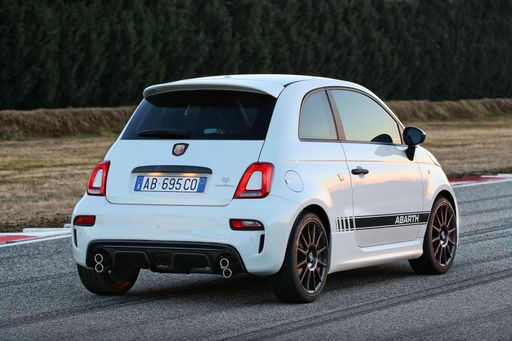 @ Abarth / Stellantis Media
@ Abarth / Stellantis Media
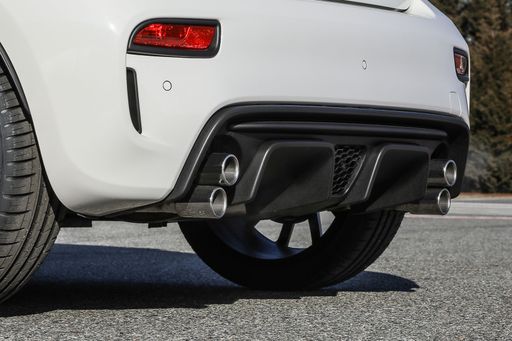 @ Abarth / Stellantis Media
@ Abarth / Stellantis Media
 @ Abarth / Stellantis Media
@ Abarth / Stellantis Media
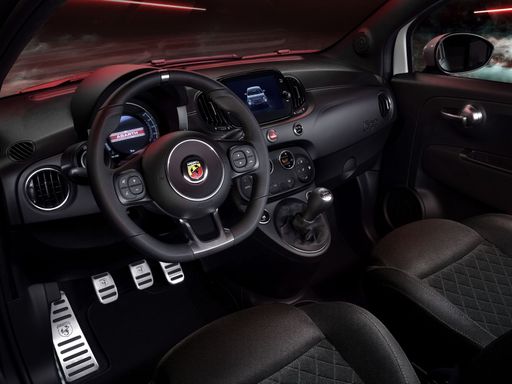 @ Abarth / Stellantis Media
@ Abarth / Stellantis Media
Hyundai i30
The Hyundai i30 stands out in the hatchback segment with its sleek design and modern features. It offers a comfortable ride with a well-crafted interior that caters to both driver and passengers. With its emphasis on safety and technology, the i30 provides a balanced driving experience suitable for urban and suburban environments.
details @ Hyundai Motor Company
@ Hyundai Motor Company
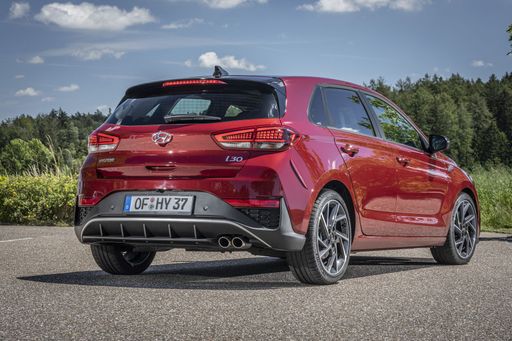 @ Hyundai Motor Company
@ Hyundai Motor Company
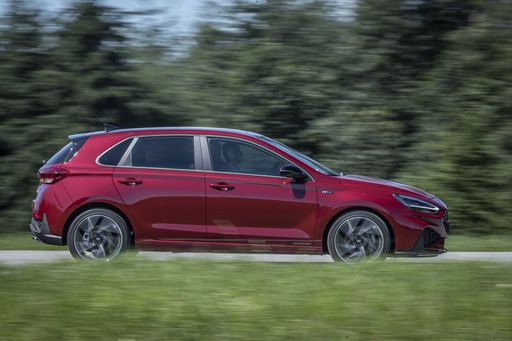 @ Hyundai Motor Company
@ Hyundai Motor Company
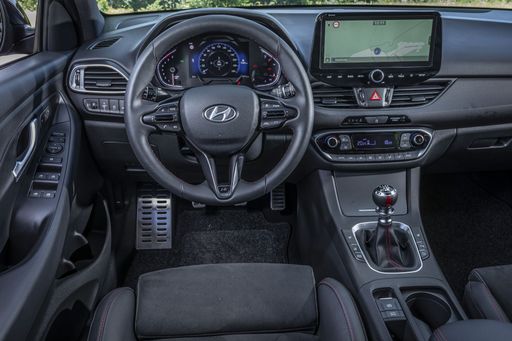 @ Hyundai Motor Company
@ Hyundai Motor Company
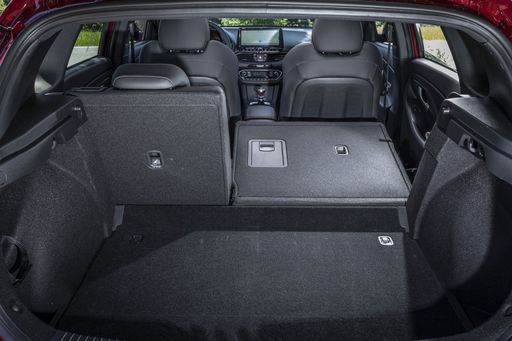 @ Hyundai Motor Company
@ Hyundai Motor Company
 @ Abarth / Stellantis Media
@ Abarth / Stellantis Media
|
 @ Hyundai Motor Company
@ Hyundai Motor Company
|
|
|
|
Costs and Consumption |
|
|---|---|
|
Price
32600 - 39400 £
|
Price
24000 - 29300 £
|
|
Consumption L/100km
-
|
Consumption L/100km
5.7 - 6 L
|
|
Consumption kWh/100km
17.1 - 18.8 kWh
|
Consumption kWh/100km
-
|
|
Electric Range
242 - 265 km
|
Electric Range
-
|
|
Battery Capacity
37.80 kWh
|
Battery Capacity
-
|
|
co2
0 g/km
|
co2
130 - 136 g/km
|
|
Fuel tank capacity
-
|
Fuel tank capacity
50 L
|
Dimensions and Body |
|
|---|---|
|
Body Type
Hatchback
|
Body Type
Hatchback
|
|
Seats
4
|
Seats
5
|
|
Doors
3
|
Doors
5
|
|
Curb weight
1410 - 1435 kg
|
Curb weight
1291 - 1407 kg
|
|
Trunk capacity
185 L
|
Trunk capacity
395 L
|
|
Length
3673 mm
|
Length
4340 mm
|
|
Width
1682 mm
|
Width
1795 mm
|
|
Height
1518 mm
|
Height
1455 mm
|
|
Max trunk capacity
550 L
|
Max trunk capacity
1301 L
|
|
Payload
370 - 385 kg
|
Payload
463 - 509 kg
|
Engine and Performance |
|
|---|---|
|
Engine Type
Electric
|
Engine Type
Petrol, Petrol MHEV
|
|
Transmission
Automatic
|
Transmission
Manuel, Automatic
|
|
Transmission Detail
-
|
Transmission Detail
Manual Gearbox, Dual-Clutch Automatic
|
|
Drive Type
Front-Wheel Drive
|
Drive Type
Front-Wheel Drive
|
|
Power HP
155 HP
|
Power HP
100 - 140 HP
|
|
Acceleration 0-100km/h
7 s
|
Acceleration 0-100km/h
9.6 - 13.1 s
|
|
Max Speed
155 km/h
|
Max Speed
178 - 197 km/h
|
|
Torque
235 Nm
|
Torque
172 - 253 Nm
|
|
Number of Cylinders
-
|
Number of Cylinders
3 - 4
|
|
Power kW
114 kW
|
Power kW
74 - 103 kW
|
|
Engine capacity
-
|
Engine capacity
998 - 1482 cm3
|
General |
|
|---|---|
|
Model Year
2023
|
Model Year
2024
|
|
CO2 Efficiency Class
A
|
CO2 Efficiency Class
D, E
|
|
Brand
Abarth
|
Brand
Hyundai
|
Is the Abarth 500 595 695 offered with different drivetrains?
The Abarth 500 595 695 is offered with Front-Wheel Drive.
The prices and data displayed are estimates based on German list prices and may vary by country. This information is not legally binding.
